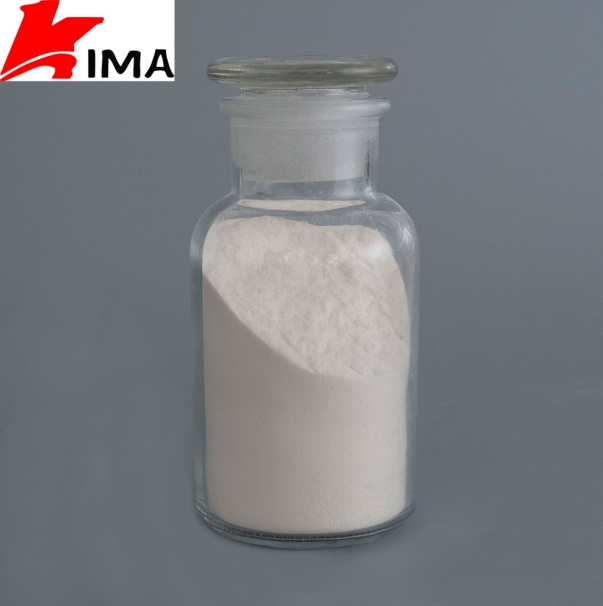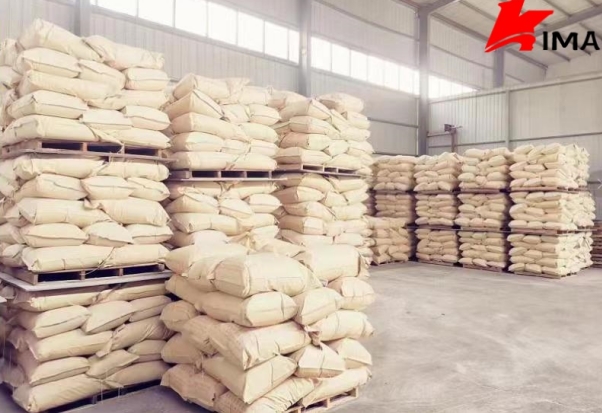Carboxymethyl Cellulose (CMC), also known as sodium carboxymethyl cellulose, is an important food additive and is widely used in the food industry. It is a derivative modified from natural cellulose with high viscosity, good solubility and excellent hydration ability.

1. Thickener
CMC is often used as a thickener to adjust the viscosity of food. Due to its good water solubility and high viscosity, CMC can significantly increase the viscosity of liquid food at low concentrations, making it thicker. Dairy products, jams, sauces, etc. often add CMC to achieve the desired thickness. For example, adding CMC to yogurt can not only make the yogurt have a better consistency, but also prevent the yogurt from stratifying during storage.
2. Stabilizer and emulsifier
CMC has good stabilizing and emulsifying properties, which can prevent the stratification of oil and water in liquids. It is widely used in foods such as dairy products, ice cream and salad dressings. CMC can effectively stabilize the dispersed phase by absorbing water and swelling and forming a colloidal network structure, preventing the floating or sedimentation of oil and fat, and maintaining the uniformity and delicate taste of the product. For example, in ice cream production, CMC as a stabilizer can prevent the formation of ice crystals, making the ice cream taste more delicate and smooth. In addition, CMC is also salt-resistant and is also used in pickled foods or salted products.
3. Water-retaining agent
CMC has a strong water-absorbing capacity and can act as a water-retaining agent in food. Especially in the production of meat products and flour products, the water-retaining property of CMC can effectively prevent the loss of food moisture and extend the shelf life of food. For example, adding CMC in the processing of bread and noodles can not only increase the water content of the dough, but also improve the texture of the dough, making the flour products less likely to dry during baking or cooking, thereby increasing the softness and elasticity of the product.
4. Film-forming agent
CMC can form a transparent and elastic film at a certain concentration, which makes it a good film-forming agent. Film-forming agents are mainly used to prevent water loss, oxidation or material migration on the surface of food, thereby extending the shelf life of food. In the preservation of fruits or vegetables, CMC coating can form a protective film on the surface to prevent water evaporation and oxygen entry, reducing the occurrence of corruption. In candy production, CMC can also be used to make surface protective films to prevent candy from sticking or agglomerating.

5. Suspending agent
CMC can increase the viscosity of the liquid system, so that solid particles are suspended in the liquid, so it is often used as a suspending agent. In the processing of beverages and juices, especially beverages containing pulp or particles, adding CMC can ensure that the pulp or solid components are evenly dispersed in the liquid without precipitation, improving the taste and appearance of the product. In addition, in lactic acid bacteria drinks, CMC can also ensure the uniform distribution of microorganisms, enhance the stability of the beverage and product quality.
6. Improve the taste of food
CMC can also improve the taste of food by increasing viscosity, softness and adhesion. Adding CMC to dairy products can make the product taste smoother; in pastry foods, it can improve softness and extend the shelf life. In frozen and fast food, CMC can make the ingredients and seasonings more closely combined by increasing the adhesion of the product, making the food more delicious.
7. Increase freeze-thaw resistance
In frozen foods, especially ice cream, frozen pastries, frozen jams and other products, frequent freezing and thawing will affect the texture and taste of the food. Adding CMC can effectively enhance the freeze-thaw resistance of the product. CMC can form a stable structural network to prevent water molecules from crystallizing, thereby maintaining the texture and appearance of the food. In ice cream, CMC not only prevents the formation of ice crystals, but also increases the smoothness of the product, making the ice cream taste better.

8. Improve dough quality
In the production of noodle products, CMC, as a food improver, can enhance the strength and elasticity of the dough and improve the water holding capacity of flour. The dough with CMC is softer and less likely to break, and it can also delay the aging of bread and pastries. In instant noodles, CMC can make the noodles more chewy, reduce adhesion after cooking, and increase the rehydration rate and extend the shelf life.
9. Preventing oil separation
In oil-containing foods, CMC helps prevent oil separation. For example, in emulsified foods such as salad dressings and mayonnaise, CMC can help stabilize the oil-water mixture and prevent stratification. This is particularly important during storage, as it can extend the shelf life of the product and ensure the edible quality of the product after opening. CMC's good emulsifying properties can also play an important role in other oil-containing foods, such as cream sandwiches, cream cakes and other products.
10. Improving food stability
CMC still has good stability under high temperature or high acidity, which enables it to play a role in acidic foods such as juices and beverages. Many juices are rich in organic acids, and these acidic components are prone to precipitation or stratification during storage. Adding CMC can effectively improve the stability of the juice and maintain the uniformity and taste of the liquid. CMC's acid and alkali resistance also makes it an ideal additive in jams and sauces, which can improve the consistency of the product and extend the shelf life.
11. Substitute for food fat and sugar reduction
CMC's viscous properties also make it an ideal ingredient for low-fat and low-sugar foods. As a thickener and stabilizer, CMC can partially replace the use of fat or sugar, helping to make low-calorie foods without affecting the taste and texture. For example, in low-fat yogurt and low-sugar jam, CMC can replace part of the fat or sugar, maintain the taste and flavor of the product, while reducing calorie intake, in line with today's consumer demand for healthy food.
As a multifunctional food additive, carboxymethyl cellulose (CMC) has been widely used in many fields of the food industry due to its thickening, emulsification, stabilization, water retention, and film-forming properties. Its functions as a thickener, water retainer, emulsifier, suspending agent, etc. enable it to effectively improve the taste, stability and shelf life of food, improve the quality of products, and meet the needs of the modern food industry. With the continuous advancement of food science and the increasing demand of consumers for high-quality food, CMC will play a more important role in the future food industry.
 English
English 日本語
日本語 français
français Deutsch
Deutsch Español
Español italiano
italiano русский
русский português
português العربية
العربية Türkçe
Türkçe Nederland
Nederland






